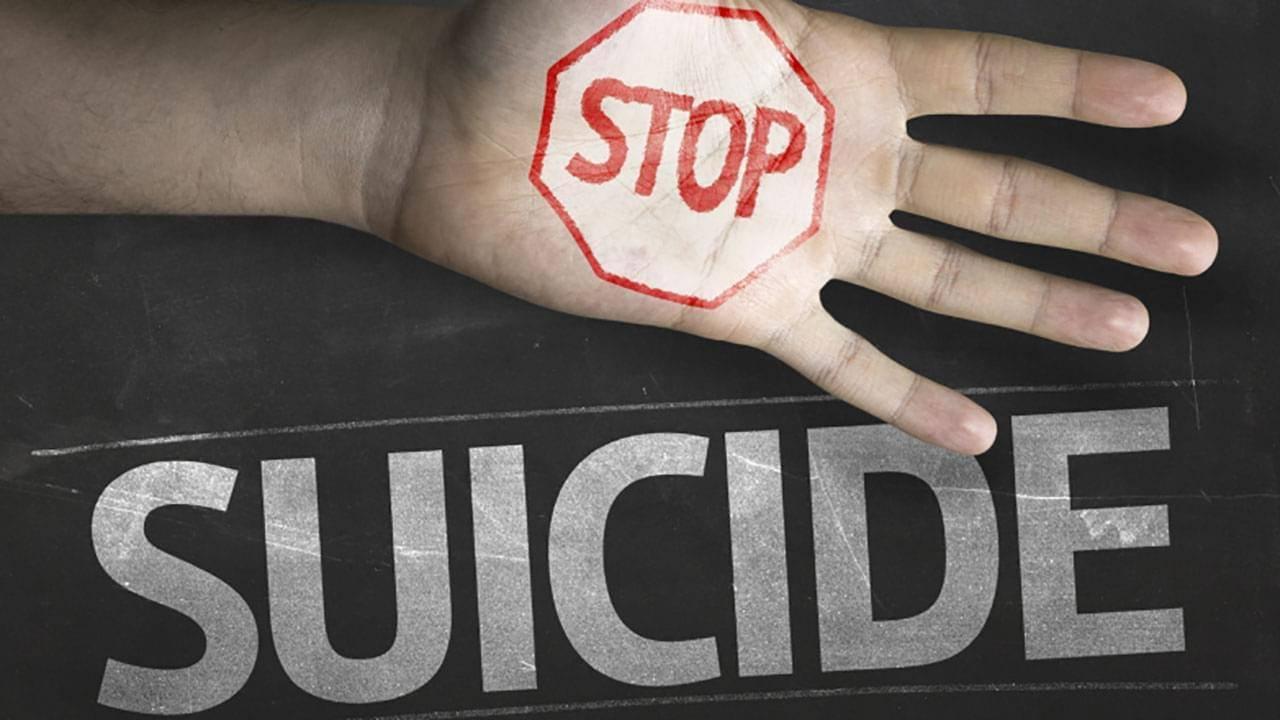Seven Steps to Breaking Your Addiction
Whether you want to stop drinking, quit smoking, gambling or simply spend less time on the computer, Dr. Phil has advice.
The most violent time in an abusive relationship is the minute the woman leaves, or tries to leave. In fact, in domestic violence cases, more than 70 percent of injuries and murders happen after the victim leaves. This phenomenon is known as separation assault. After following the Exit Action Plan for how to leave an abusive relationship safely, know the plan for staying safe! Sue Else, president of the National Network to End Domestic Violence, offers steps for staying safe after leaving an abusive relationship:
Consider going to a shelter Domestic violence shelters are available to provide safety and to help you get on your feet. In addition to safety, they provide services, support and resources for you and your children.
Secure your new home Consider new window and door locks, outdoor lights, an alarm system, steel doors and smoke detectors.
Don't move to a secluded area Move to a neighborhood with lots of neighbors, perhaps an apartment complex, with a Neighborhood Watch program.
Keep new address confidential Get a P.O. Box, and don't give out your real address. Try to rent a home that has utilities included, sign up for an Address Confidentiality Program through your state government, and make sure your voter registration doesn't have your address.
Stay off social networking websites You don't want information about who you're friends with and what you're doing public. You don't know who could be friends with your ex.
Obtain a protection order Keep a copy on you at all times. Give copies to family, friends, co-workers and your children's school.
Change your patterns Shop at new stores, take different routes to work, change coffee shops and gas stations, go to a faith service at a different time, switch to a new bank.
Secure your accounts Change your passwords, PIN codes, and call utility companies and ask them to add a password that only you know to your account.
Get a new computer Spyware could be on your old computer, allowing the abuser to know everything you do on the computer and read all of your e-mail.
Get a new cell phone and number Verizon HopeLine donates phones to victims through local shelters.
Protect yourself at work Alert your supervisor and the security staff, remove your number from the office directory, and even change office locations. Ask security to walk you to your car.
Safety plan with your children Teach children what to do if the abuser kidnaps them or breaks into the house. You don't want to scare your children, but help them be prepared. Alert the school or daycare of the danger.
Don't isolate yourself Don't park your car in large parking garages, jog at night or in secluded areas. Park as close to the location as possible.
Document everything Keep records of all texts, e-mails, stalking and harassment. Keep video or written journal " and hide it!
Keep loved ones informed Always tell a trusted person where you are going, EVERY DAY. Have check-in times so loved ones always know you are safe.
Be prepared Have 911 ready to call when you are walking to your car. Be aware of your environment; if something feels out of the ordinary, IT IS!
Have a bag packed Include an extra set of keys, identification, car title, birth certificate, social security, clothes for you and your children, shoes, money, jewelry " anything important to you.

Whether you want to stop drinking, quit smoking, gambling or simply spend less time on the computer, Dr. Phil has advice.

Dr. Phil met 16-year-old identical twins Taylor and Tricia in 2016 when they each weighed less than 80 lbs. The sisters were referred to separate...

Suicide is the 10th leading cause of death in America. In fact, 121 people, of all ages and economic classes, commit suicide in the U.S. every day. ...